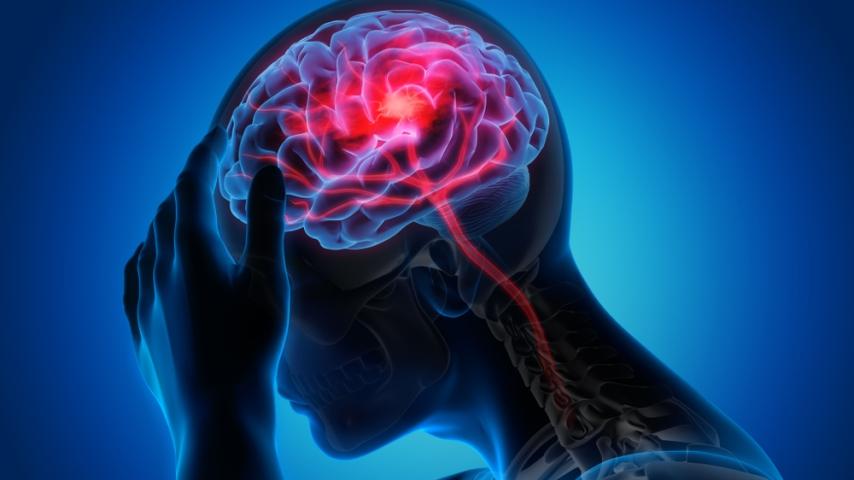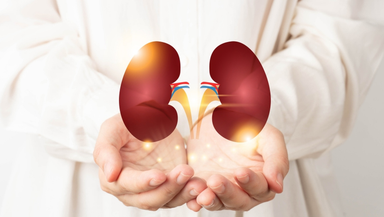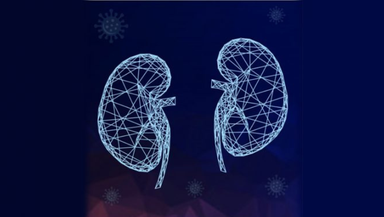Understanding Stroke: Recognizing the Signs and the Importance of Acting FAST

Deciphering Stroke: Recognizing Signs and the Importance of Acting FAST
Stroke is a medical emergency that demands swift action to minimize damage and save lives. As a leading cause of disability and death worldwide, understanding the signs of stroke and the urgency of prompt intervention is paramount. In this comprehensive guide, we'll explore the intricacies of stroke, emphasizing the significance of recognizing symptoms and acting FAST. Accompanied by insights from Dr Kranthi Mohan, a distinguished Consultant Neurologist, let's unravel the mysteries of stroke and the critical importance of timely response.
Dr Kranthi Mohan, an esteemed Neurologist, underscores the urgency of recognizing stroke symptoms, stating, "Stroke is a time-sensitive emergency where every minute counts. By acting FAST and seeking immediate medical attention, we can significantly improve outcomes and minimize disability."
Understanding Stroke:
A stroke occurs when blood flow to the brain is disrupted, depriving brain cells of oxygen and nutrients. This interruption can occur due to a blockage (ischemic stroke) or a ruptured blood vessel (hemorrhagic stroke). Without prompt intervention, stroke can result in brain damage, disability, or even death.
Recognizing the Signs of Stroke:
The acronym FAST serves as a helpful mnemonic for recognizing stroke symptoms:
- F: Face Drooping: One side of the face may droop or feel numb. Ask the person to smile to check for asymmetry.
- A: Arm Weakness: Arm weakness or numbness may occur, making it difficult to raise both arms evenly.
- S: Speech Difficulty: Speech may be slurred or garbled, or the person may have difficulty speaking or understanding.
- T: Time to Call Emergency Services: If you observe any of these signs, it's crucial to seek immediate medical attention. Time is of the essence in stroke treatment, and every minute counts.
Importance of Acting FAST:
Acting quickly at the onset of stroke symptoms can make a significant difference in outcomes. Prompt medical intervention can prevent further damage to the brain and improve the chances of recovery. Stroke treatments such as clot-busting medications (thrombolytics) and mechanical thrombectomy are most effective when administered within a narrow time window.
Risk Factors and Prevention:
Several risk factors increase the likelihood of experiencing a stroke, including high blood pressure, diabetes, smoking, obesity, and sedentary lifestyle. Managing these risk factors through lifestyle modifications, such as healthy diet, regular exercise, smoking cessation, and medication adherence, can help reduce the risk of stroke. Additionally, recognizing and addressing warning signs of conditions such as atrial fibrillation can also lower the risk of stroke.
Conclusion:
Stroke is a medical emergency that requires immediate attention and intervention. By understanding the signs of stroke and the importance of acting FAST, individuals can play a crucial role in minimizing the impact of stroke and improving outcomes. Through public education, awareness campaigns, and timely access to medical care, we can empower communities to recognize stroke symptoms, seek prompt treatment, and ultimately save lives. Remember, time is brain when it comes to stroke—acting fast can make all the difference.
Specialities
Clear allMeet the doctor

Dr Kranthi Mohan
Neurology
MBBS, MD, DM (Neurology)











